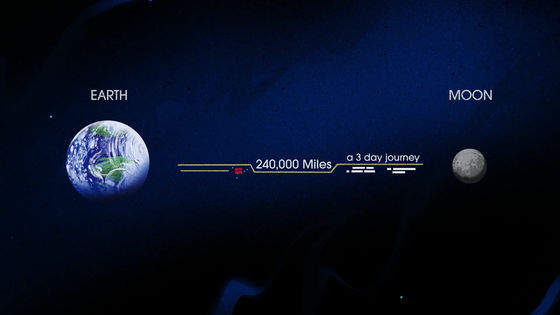NASA explains in a movie the details of the 'Artemis program' that sends humanity to the moon again

How We Are Going to the Moon --4K --YouTube
From 1968 to 1972, NASA conducted nine manned space flight lunar exploration missions.
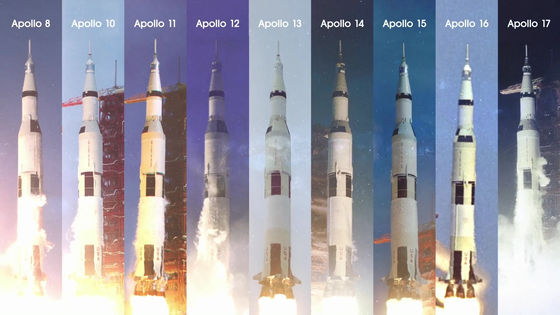
As a result of these missions, the Apollo program has successfully sent 12 men to the moon.
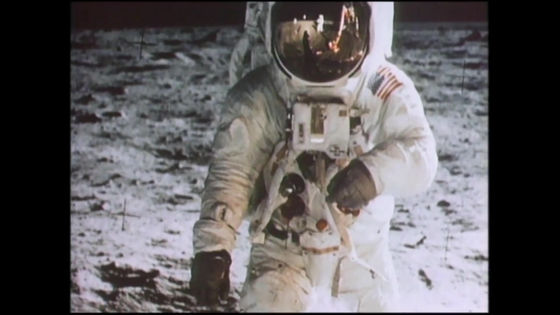
And in May 2019, NASA announced the new lunar exploration mission 'Artemis Program'. It is said that this mission is not only to send people to the surface of the moon, but also to prepare for the exploration mission of Mars by allowing humans to stay in and around the moon for a long time.
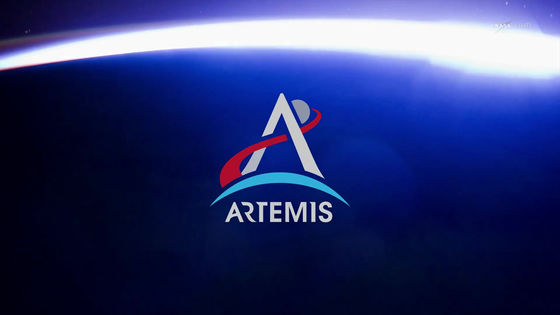
In short, the Artemis program is like doing a rehearsal on the moon to perform a manned mission on Mars.
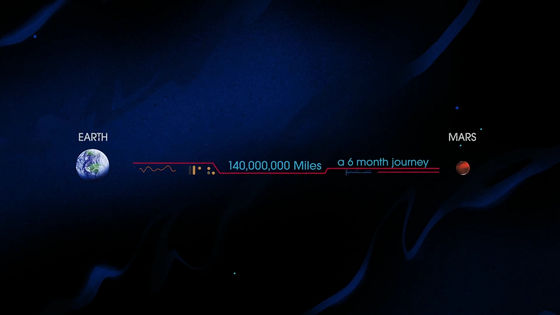
The Artemis program is a plan designed and tested with 'astronauts', the most important element in space exploration, in mind.
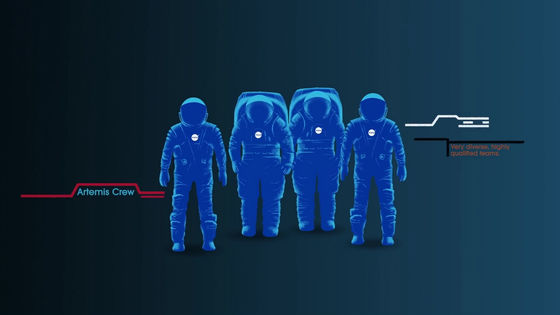
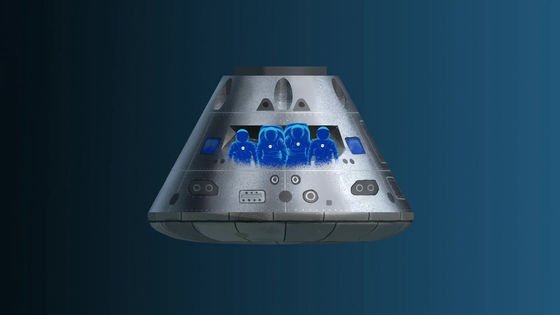
The top of the crew module has a docking port for connecting to another module, and the bottom has a heat shield to block heat.
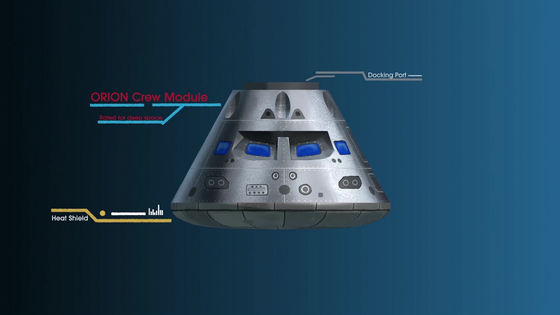
Below the crew module is the 'service module'. The service module is loaded with crew life support and a unique engine and fuel.
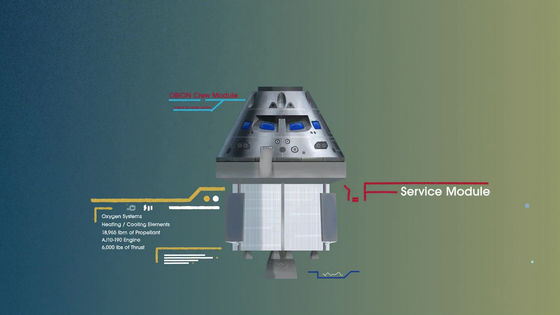
And the 'injection module' is attached to the top of the crew module, which plays the role of safely pulling the crew module. The injection module will be equipped with three solid rocket engines.
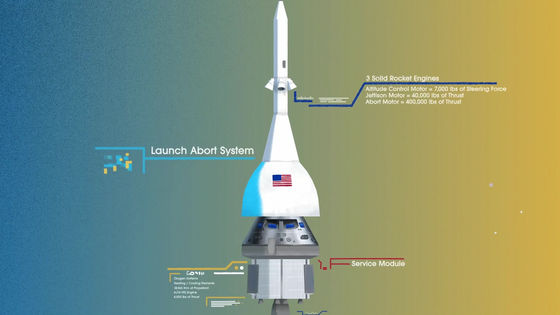
In addition, Cargo Hold,
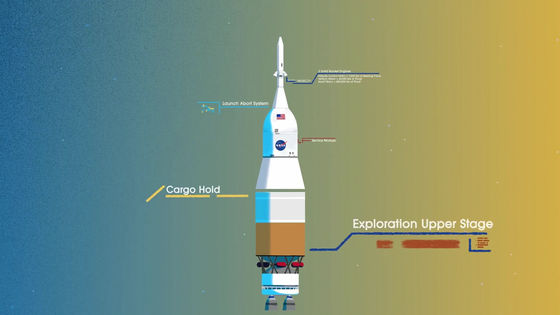
Combine the Core Stage and two solid rocket boosters ...
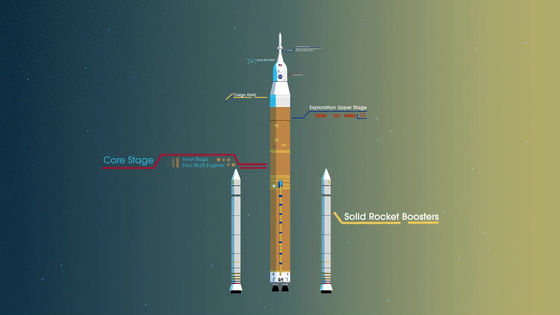
It will be the

This SLS is said to be superior to
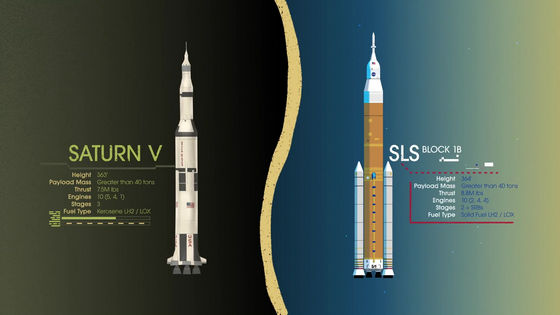
Installed on the launch pad and fueled, the SLS weighs 6 million pounds (approximately 2700 tonnes). Of that amount, 5.2 million pounds (about 2360 tons) will be used as fuel, and the breakdown of each fuel is as follows.
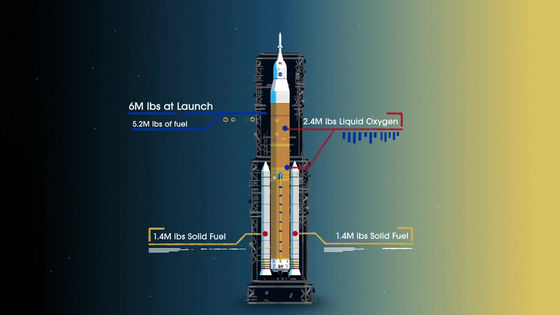
In such an SLS, four
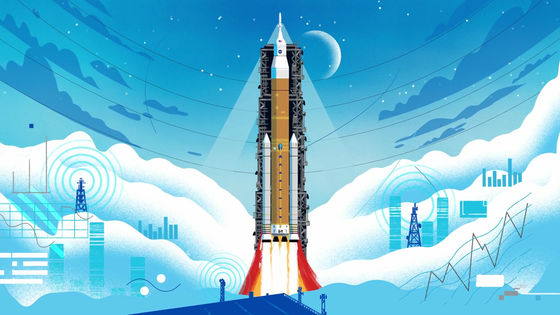
Two minutes after the engine was ignited, the injection module and SLS separated.
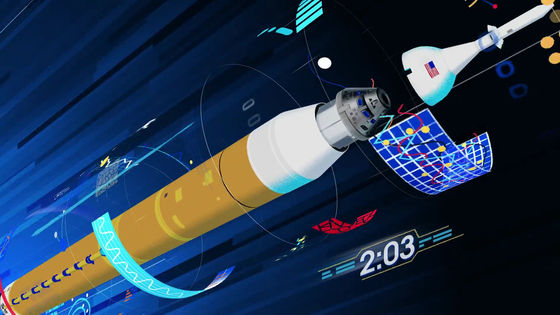
Furthermore, 8 minutes after ignition, the fuel loaded in the Core Stage part of the rocket was exhausted, and the Core Stage was also separated.
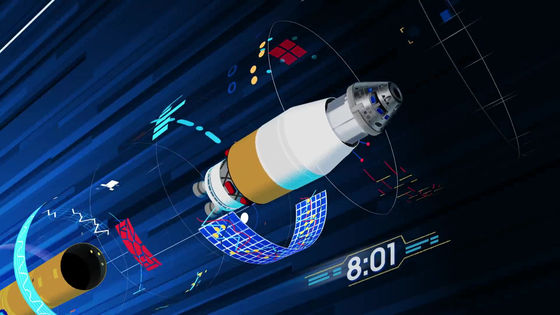
When the Core Stage separates, the EUS is ignited for a short time and Orion is in orbit around the Earth.
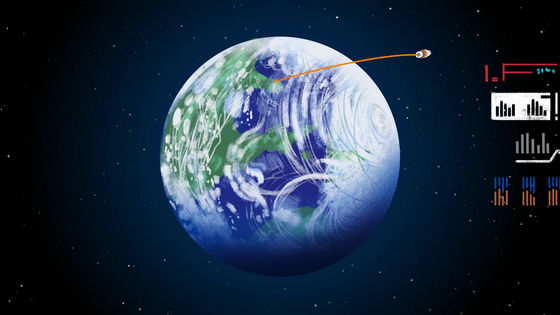
At this point, the crew will inspect Orion to see if the system is ready to travel in space, and when the mission control gives a go-ahead, reignite the EUS engine. And Orion tries to leave from the orbit of the earth. The timing of engine reignition is very important because the speed of Orion changes depending on the timing of departure from the orbit.
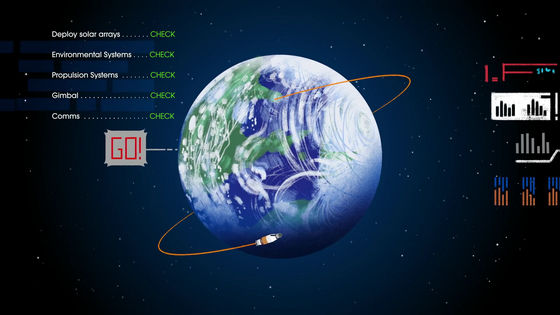
After a few days away from the earth's orbit, the EUS engine burned out. Here, EUS is separated.
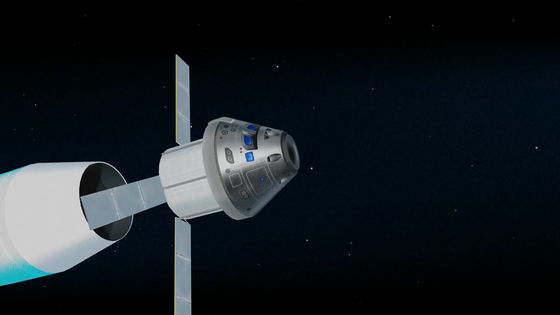
As we approach the moon, the fundamental difference between the Artemis and Apollo programs becomes clearer.
The Apollo program used spacecraft to 'transport the lunar command module' or 'to transport lunar landers.'
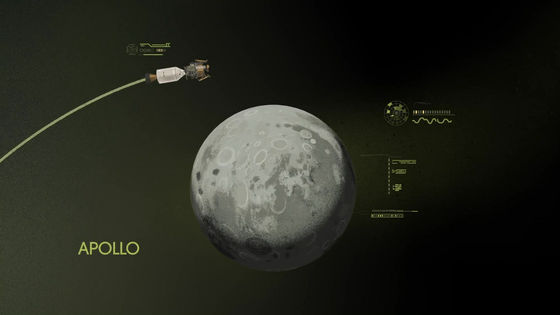
However, the Artemis program takes a completely different approach. Because everything needed for a lunar mission (such as lunar rover and equipment for scientific experiments) is already pre-prepared around the moon by commercial and international partners.
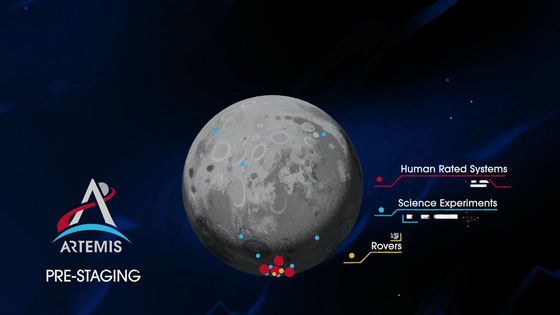
And, among the equipment used for the lunar mission, the lunar
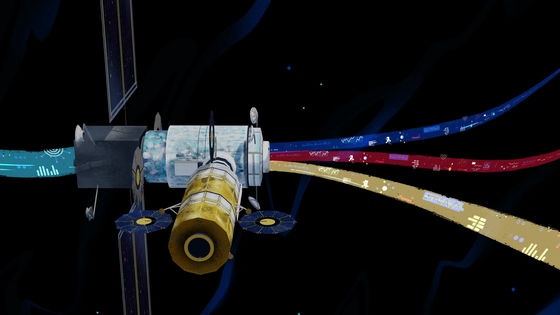
Since the Lunar Gateway is designed as an open standard, it can be freely expanded with new missions and partnerships.
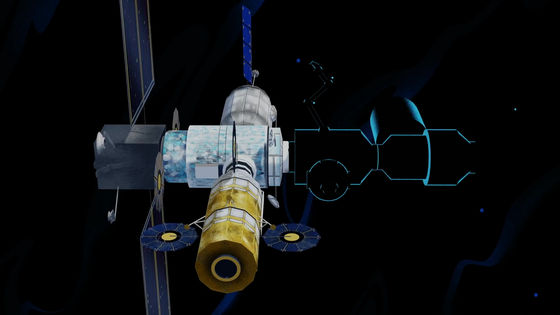
The lunar orbit platform gateway can also adjust the orbit. This was not possible with the Apollo program.
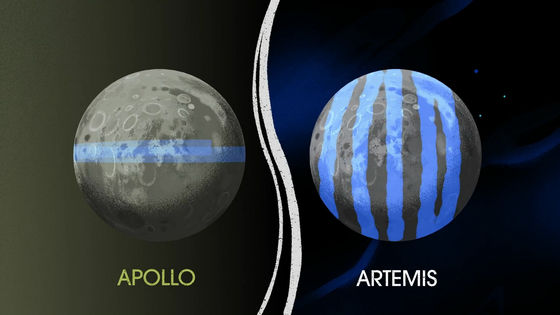
The real purpose of being able to adjust the orbit of the Lunar Gateway is to put
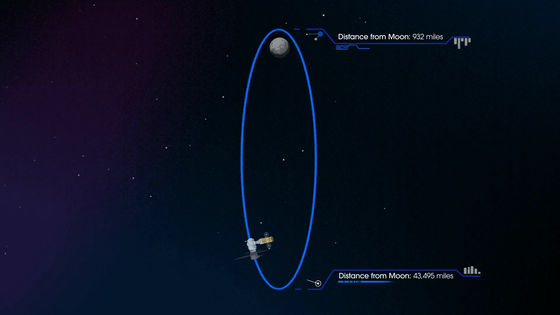
When Orion arrives near the Lunar Gateway, Orion needs to get into the lunar halo orbit.
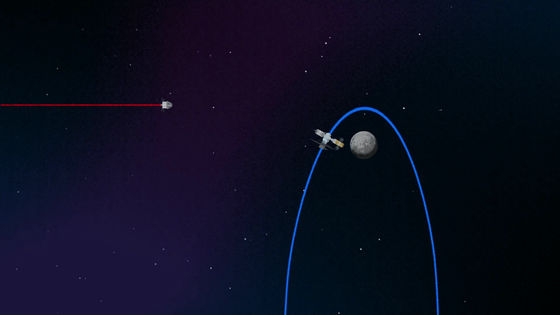
And docked with the lunar orbit platform gateway.
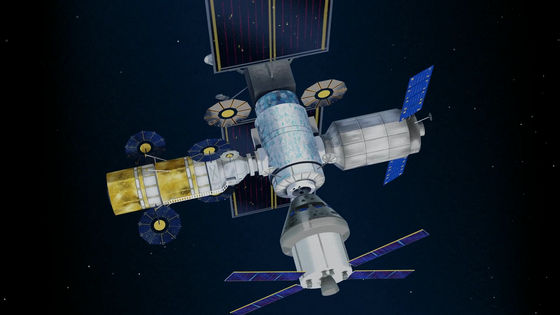
The astronauts who got on the Orion boarded the lunar module, and Orion will be waiting at the lunar orbit platform gateway as it is.

The lunar module first descends from the halo orbit to the moon.
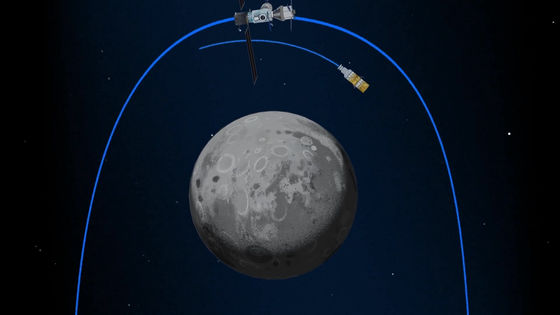
After moving to the low earth orbit of the moon, the lunar module descends to the surface of the moon at once.
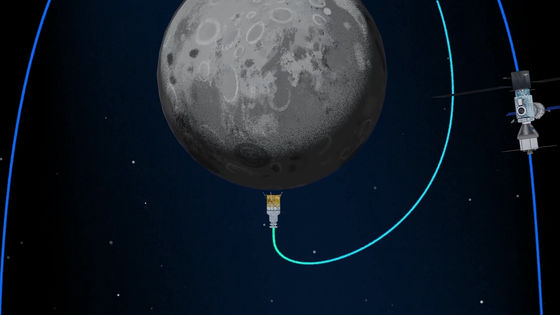
Finally arrived on the moon.
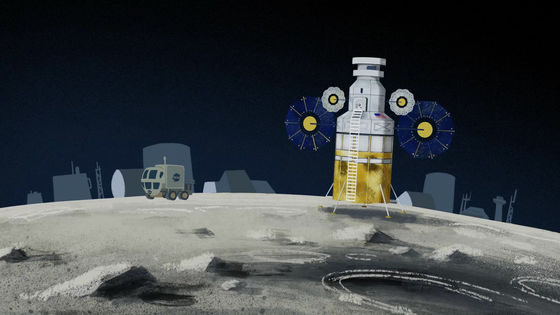
The route from the moon to the earth is as follows. First, from the lunar module to the lunar orbit platform gateway. Astronauts board Orion at the Lunar Gateway, move away from Halo orbit, and use the gravity of the Moon to accelerate toward Earth.
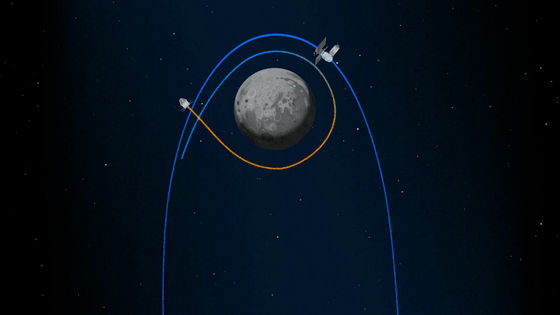
When approaching the earth, the crew module is separated from the service module.

The crew module rushes into the Earth's atmosphere at 25,000 mph (about 40,000 km / h). The friction of the air slows down the crew module. At this time, the surface temperature of the crew module is predicted to rise to 5000 degrees.
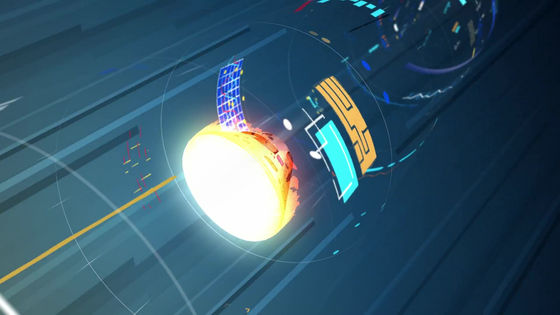
The parachute deploys when decelerating to 300 mph (about 480 km / h).
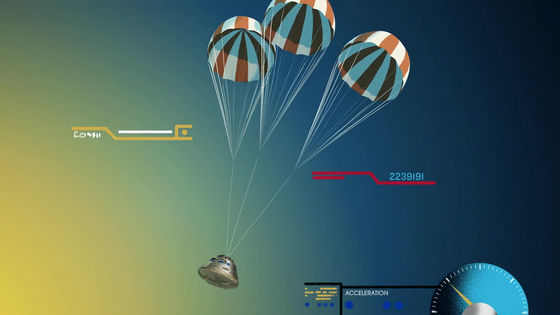
The parachute slows the crew module to 20 mph (about 32 km / h) before it hits the surface of the sea.

This completes the round-trip journey from the earth to the moon.
Related Posts:
